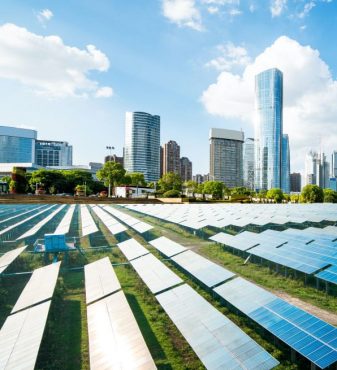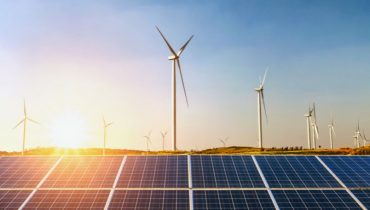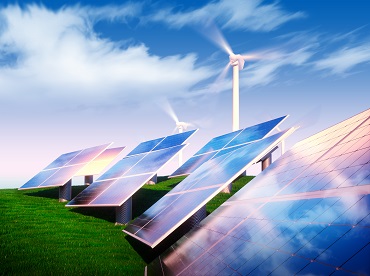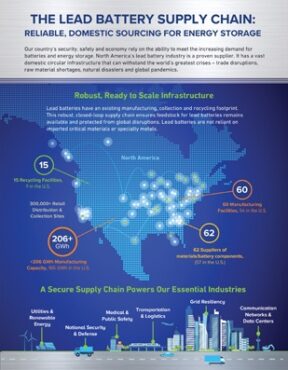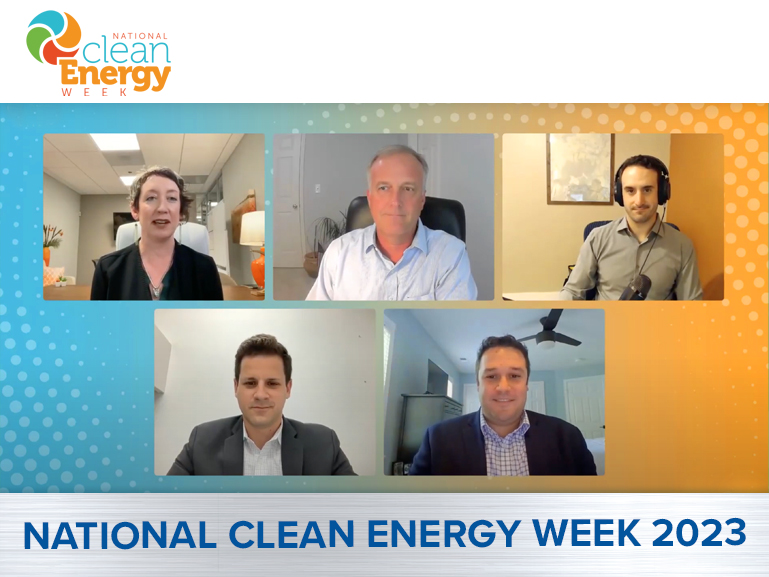
Stryten Energy Executive Participates in Policymakers Symposium on Critical Minerals and Supply Chain Security
NOTE: Learn more about NCEW 2023.
Lead battery recycling and its successful circular economy were a central topic at a September 27 virtual symposium titled, “American Energy Independence: How the U.S. Can Better Source Critical Minerals and Strengthen Supply Chain Security.”
The panel discussion took place during the 7th Annual National Clean Energy Week (September 25–29). Expert panelists included Jeremy Furr, senior vice president of strategic sourcing with Stryten Energy, a Battery Council International (BCI) member company.
Furr has been in the energy storage and energy generation markets for over two decades. Currently, he leads Stryten Energy’s strategic sourcing, procurement and logistics teams responsible for the purchasing of materials and chemicals used in the company’s manufacturing plants. Stryten Energy offers advanced lead batteries, and more recently, has added lithium and vanadium batteries to its portfolio of battery chemistries.
Below is a high-level recap of the wide-ranging symposium discussion.
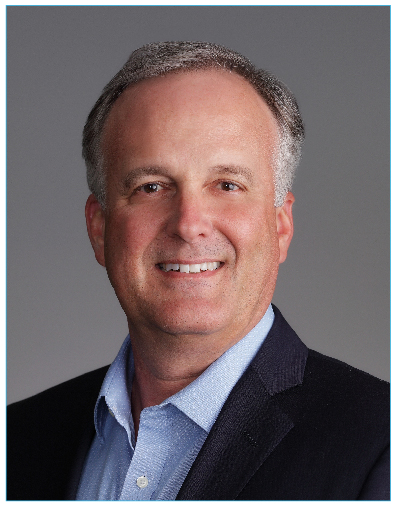
Supply Chain Issues Intensify with Demand
During the panel discussion, participants explored the top concerns facing the global clean energy transition. The group agreed that it’s an extraordinarily minerals-intensive proposition. Significant issues exist, including adequate domestic sourcing, inventing substitutes, and recycling and reprocessing, in relation to national security – and funding for innovation.
Jeremy Hurrell is chief strategy officer at the nonprofit ClearPath, a conservative clean energy organization based in Washington, D.C. He provided a staggering statistic on the need for scalable clean energy technologies and infrastructure.
“When looking at critical minerals as a whole, the International Energy Agency projects that demand for minerals like lithium, graphite and nickel could grow by 20 to 40 times by 2040 … how do we source the resources necessary to make it a reality?”
Multipronged Energy Approach Required to Reduce Foreign Reliance
The group concurred that current energy storage needs are complex, and there is no one solution. However, there are some overarching ways the United States can better source critical minerals and strengthen supply chain security.
Hurrell suggested four areas that policy makers should address to meet the challenges ahead:
- Technological innovation – finding solutions to meet our energy needs with earth-abundant resources.
- Recycling – increasing mineral repurposing (and further developing domestic resources).
- International partnerships – aligning with allies who will not undercut United States industry.
- Reforming the (domestic) mine permitting process and reducing timelines.
Circularity, Sustainability: Lead Batteries Set Benchmark
Stryten Energy’s Jeremy Furr added to the discussion by reviewing the pros and cons of the company’s three battery chemistries. He emphasized how lead batteries fit into recent energy comments made by Eric Hsieh, Deputy Assistant Secretary for Energy Storage in the U.S. Department of Energy’s Office of Electricity. Furr noted:
“The energy storage division’s goal is to identify safe, low-cost and earth-abundant elements that enable cost-effective, long-duration storage.” He added, “Really, lead fits that, at least in the U.S. for the time being, because it’s safe, reliable and comes at a reasonable price … and it’s a recyclable product.”
This matters,” said Furr, because every hybrid and nearly every electric vehicle in the world have a lead battery. Beyond automotive, lead batteries are used for many other essential applications, like network power, UPS battery backup, locomotive power and even nuclear submarines.
Furthermore, he explained how lead batteries model a high standard for recycling and a circular economy. That results in keeping materials in the U.S. rather than exporting them to foreign recyclers.
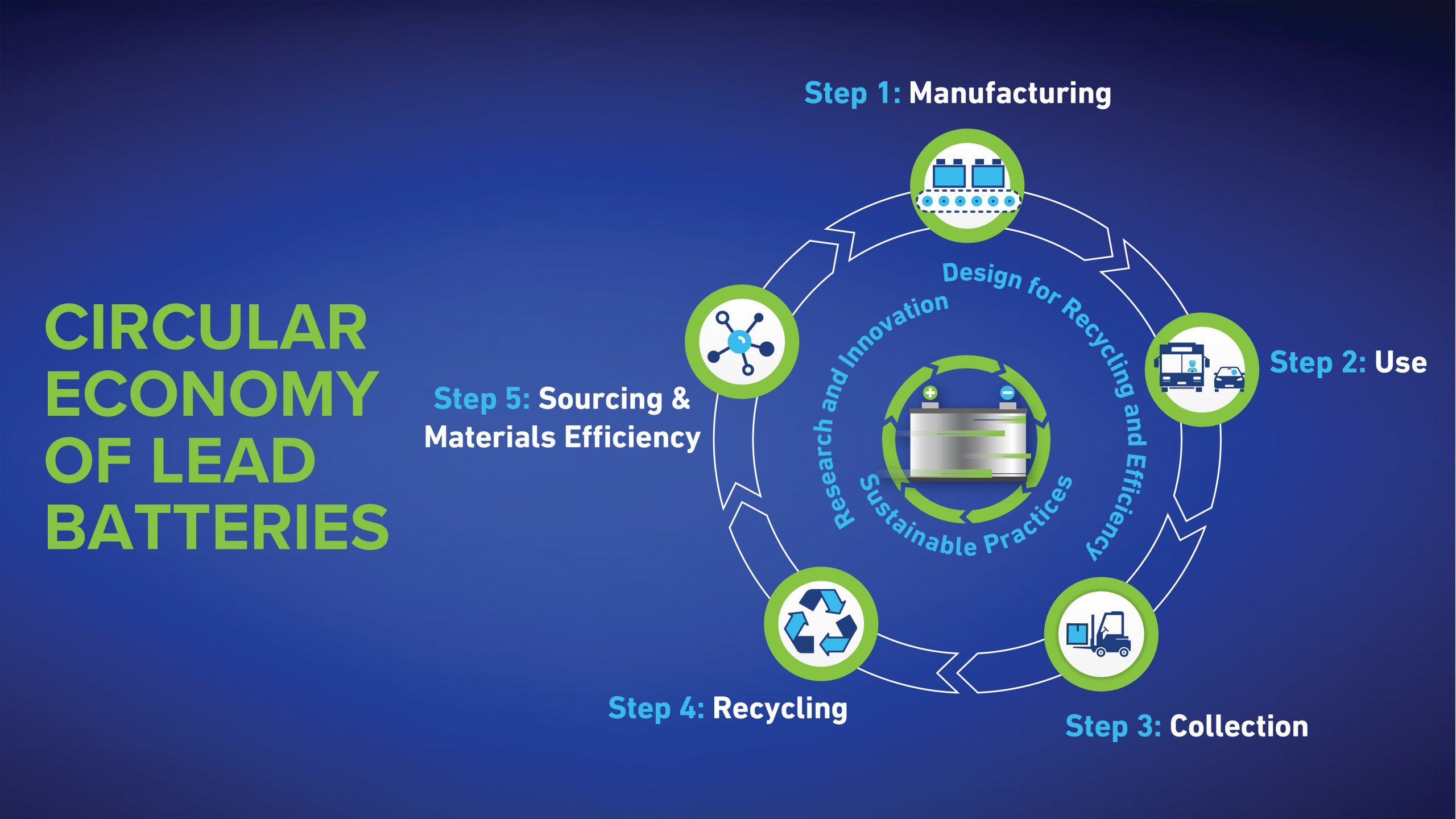
Furr shared these facts for the U.S.:
- The U.S. recycles over 160 million lead batteries annually, keeping them from landfills, and keeping the materials for domestic reuse.
- Lead batteries have a 99% recycling rate, and a new lead battery is typically comprised of about 80% recycled material.
- The lead in a lead battery can be infinitely recycled, without any degradation in performance.
Furr noted that based on the above points, “I do think [lead batteries] set a benchmark for … lithium and some of the other chemistries. [Lead batteries are] where we need to strive to be in all of our energy storage supply chains.”
The Need to Transform Public Perception
Despite the demand for clean energy and establishing domestic energy independence, public misunderstanding about supply chain challenges and solutions persists.
The discussion concluded by touching on the need for proactive communication with the public. Communities and people must understand that meeting the demand for renewable energy is inextricably tied to meeting the demand for energy storage.
Furr concluded by adding Stryten Energy’s perspective.
“You know, the best thing, the most effective thing we’ve found is inviting the community out … showing them that you’re environmentally responsible and you’re a good steward.” [Note: Visit BCI’s Material Stewardship Program webpage to learn how the U.S. lead battery industry is part of a global effort to increase responsible battery production and recycling.]
Watch the recording of the 2023 NCEW panel discussion: Critical Minerals and Supply Chain Security.

